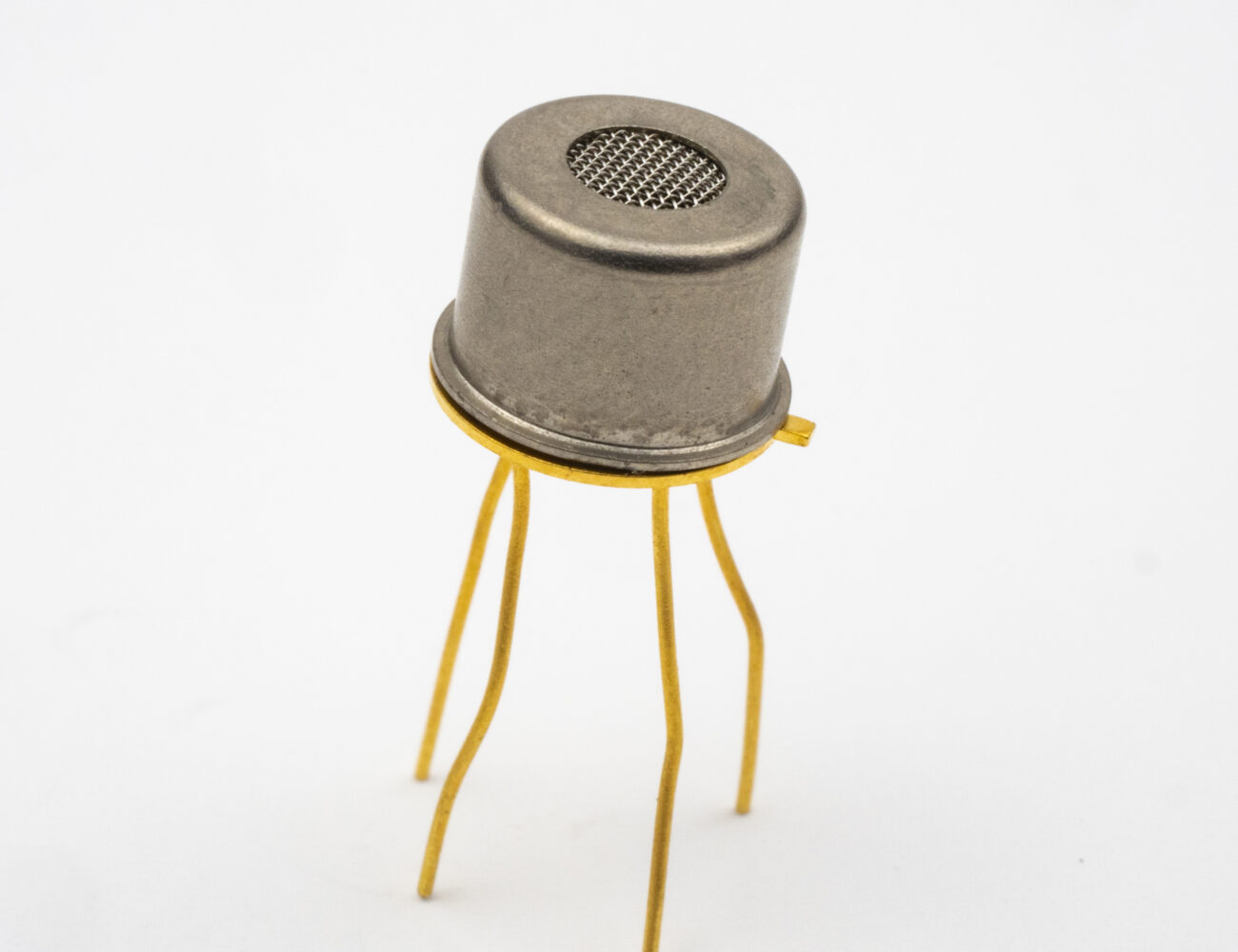

Lightsens
- Start of the project : 01-01-21
- End of project : 31-12-22
The fibre optic sensor technology allows to obtain various useful physico-chemical data by measuring temperature, deformation, vibration or (bio)chemical concentration. This technology is also intrinsically robust in the face of severe industrial environments such as high voltage, high temperatures, explosive atmospheres or atmospheres strongly disturbed by electromagnetic radiation.
The industrial operators in the LightSens project therefore wish to bring the fibre into their fields of activity, which are fairly complementary and include industrial reliability, temperature measurement (particularly within satellites), stress measurement (also for railway monitoring) and environmental monitoring in water or air.
The consortium has identified technological barriers common to these sectors. Therefore, the industrialists and accredited research centres will collaborate on common issues in order to bring the use of fibre optic sensors to exploitable levels in the industrialists' fields of application.
This project will not only bring significant technological added value for Wallonia, but also the creation of know-how and skills for high added value jobs.
Objectives and missions of Materia Nova
Within the consortium, Materia Nova focuses on the specifications of Bragg fibre measurements (B-SENS) in the space sector (THALES): the physico-chemical interfaces between the sensitive surface to be probed and the Bragg grating fibres while taking into account the specific constraints of the space environment. Materia Nova has a unique expertise in advanced surface preparation (advanced cleaning, grafting of molecules) in order to obtain an ad hoc and reproducible bonding. The selection of a multifunctional adhesive will also be necessary. Beyond simple bonding, when the sensitive surface is heated, this bonded interface will also undergo thermomechanical stresses (differential heating, modification of the state of stress within the adhesive) likely to distort the temperature measurement. In addition, spatial conditions (vacuum, radiation, temperature variations) can impact the durability of the bonded system performance. The overall solution (pre-treatment and bonding) should allow for a reliable, reproducible and sufficiently durable measurement of the temperature of the sensitive surface. During the material and treatment selection phase, it will be useful to also use, at the right time, advanced physico-chemical characterisations of this interface, which can only be done at Materia Nova.
The consortium
I-care, Alstom, Thales and B-Sens are joining forces in this project with the Materia Nova, Sirris, Cetic and Multitel research centres via the A6K platform in Charleroi.